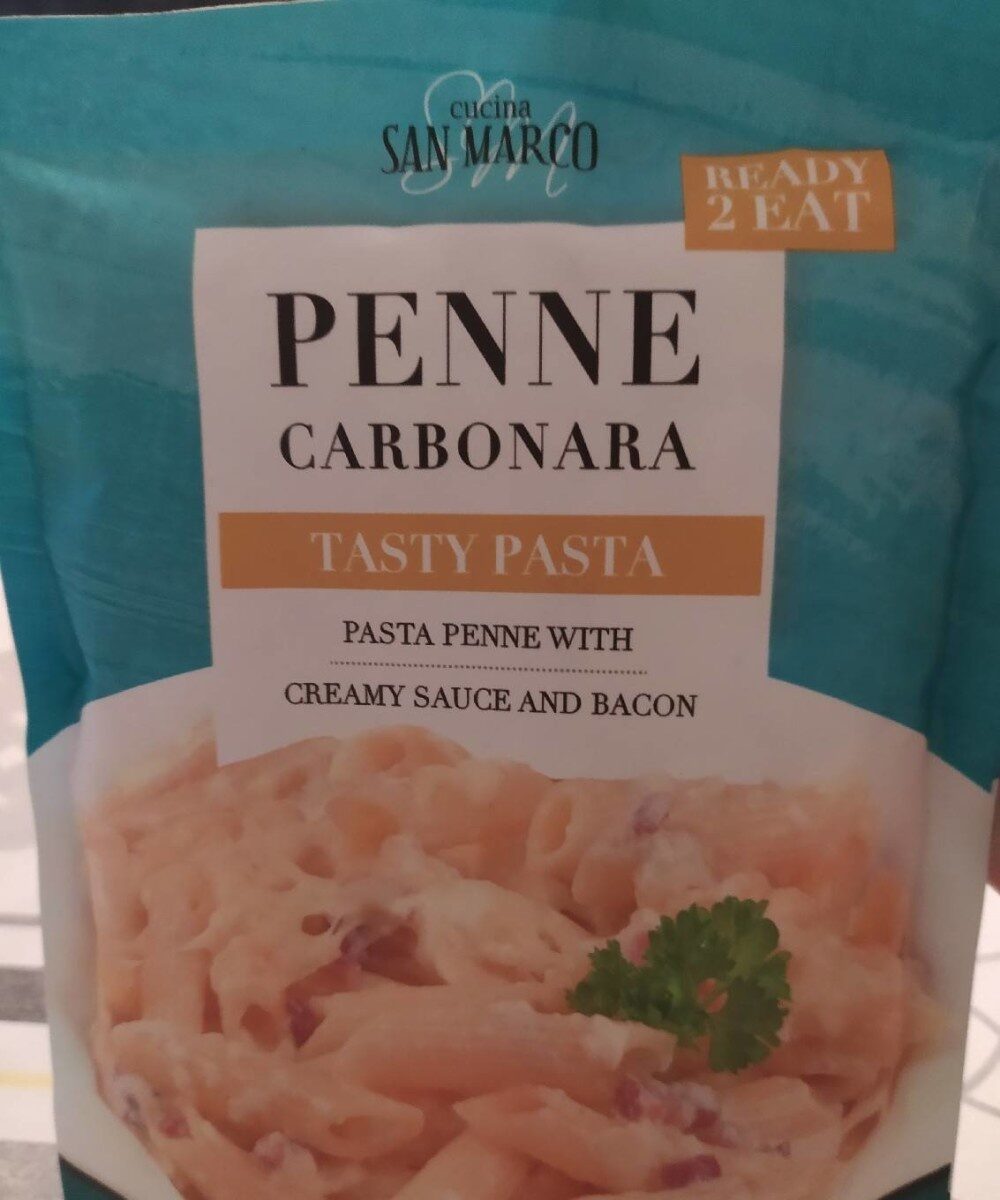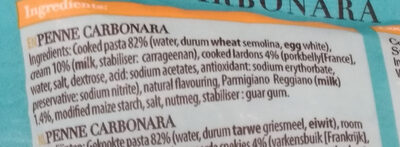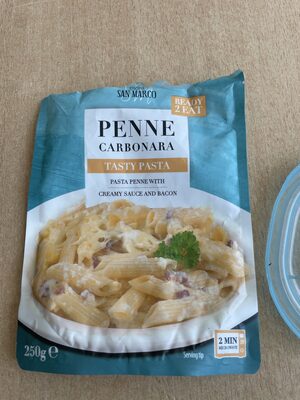Penne carbonara - San Marco - 250g
This product page is not complete. You can help to complete it by editing it and adding more data from the photos we have, or by taking more photos using the app for Android or iPhone/iPad. Thank you!
×
Barcode: 8719979202569 (EAN / EAN-13)
Quantity: 250g
Packaging: fr:sachet en plastique
Brands: San Marco
Categories: Plant-based foods and beverages, Plant-based foods, Meats and their products, Meals, Prepared meats, Pasta dishes, Pastas, Microwave meals, French meat products, Penne, fr:Sachet micro ondable
Matching with your preferences
Report a problem
Data sources
Product added on by kiliweb
Last edit of product page on by realsdqlpmw.
Product page also edited by gmlaa, openfoodfacts-contributors, prepperapp, yuka.sY2b0xO6T85zoF3NwEKvlhUZCMuHvDmUMRbloF2J-O-Ff7zzR9dd77rdK6g, yuka.sY2b0xO6T85zoF3NwEKvlkUceejmuAvgPhjgoWm1wIreD8fiMIlrvqPwYqo, yuka.sY2b0xO6T85zoF3NwEKvlkZCU4WOnmOaNxP4nHCIxO6Cf5rBaN1xzIL-aao, yuka.sY2b0xO6T85zoF3NwEKvll5Idv_f_x3lDB_hsEnV58qUEaHiX_9qwJOjYqo, yuka.sY2b0xO6T85zoF3NwEKvllBbCtf-gBXuOw36h2Otyu2KKrfpatJuyNChA6s, yuka.sY2b0xO6T85zoF3NwEKvllNkDtzbsDTiPC7juB2U5u-0ELyyb8FR8qH_Mqs, yuka.sY2b0xO6T85zoF3NwEKvlmUWY_znhmPEZwDgp0il4emeDMLWW_hO76fcK6g, yuka.sY2b0xO6T85zoF3NwEKvlmpfbNv6gTCfBTjkunStmO-gD4PuaM5Q-qL5Kas, yuka.sY2b0xO6T85zoF3NwEKvlnVmWfTQjxP9LzDnwneZ2tecIqzSTd9i6NTFE6s.












